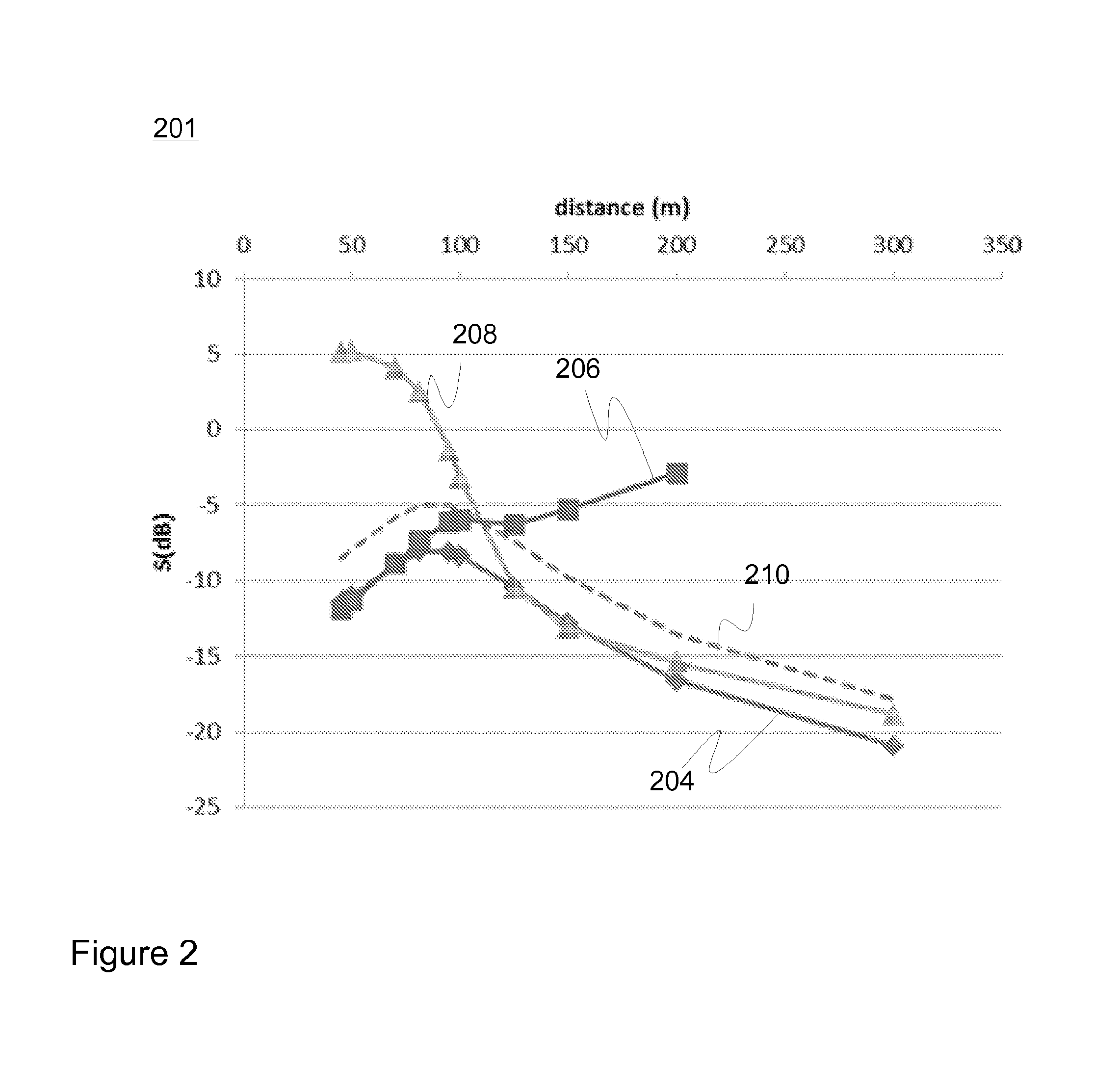Arrangement and method for icing detection
a technology of icing detection and arrangement, applied in the field of measuring and optics, can solve the problems of increasing the risk of icing, blade cracking, wind turbine damage, etc., and achieves the effects of reducing the overall cost, facilitating the adoption phase, and controlling procedures
- Summary
- Abstract
- Description
- Claims
- Application Information
AI Technical Summary
Benefits of technology
Problems solved by technology
Method used
Image
Examples
Embodiment Construction
[0047]Lidars applied in connection with various embodiments of the present invention may incorporate laser-based devices capable to remotely measure the property of the atmosphere by sending laser beams in the air and then analyze the signal backscattered from the atmosphere. Lidars designed for wind energy applications can rather often measure the wind speed with high accuracy and precision regarding distances falling within a range from about 10 to about 1000 meters. They may be configured to measure the Doppler shift in the backscattered signal by the moving aerosol and can then possibly reconstruct the wind vector by probing a volume of air with at least three lines of sights. Such devices may allow, for instance, measuring the wind speed at the hub height of modern Multi-MW turbines for energy yield assessment with ground based instruments (staring upwards) but also for turbine control with nacelle mounted devices (staring horizontally). Measurements are not generally limited t...
PUM
 Login to View More
Login to View More Abstract
Description
Claims
Application Information
 Login to View More
Login to View More - R&D
- Intellectual Property
- Life Sciences
- Materials
- Tech Scout
- Unparalleled Data Quality
- Higher Quality Content
- 60% Fewer Hallucinations
Browse by: Latest US Patents, China's latest patents, Technical Efficacy Thesaurus, Application Domain, Technology Topic, Popular Technical Reports.
© 2025 PatSnap. All rights reserved.Legal|Privacy policy|Modern Slavery Act Transparency Statement|Sitemap|About US| Contact US: help@patsnap.com



